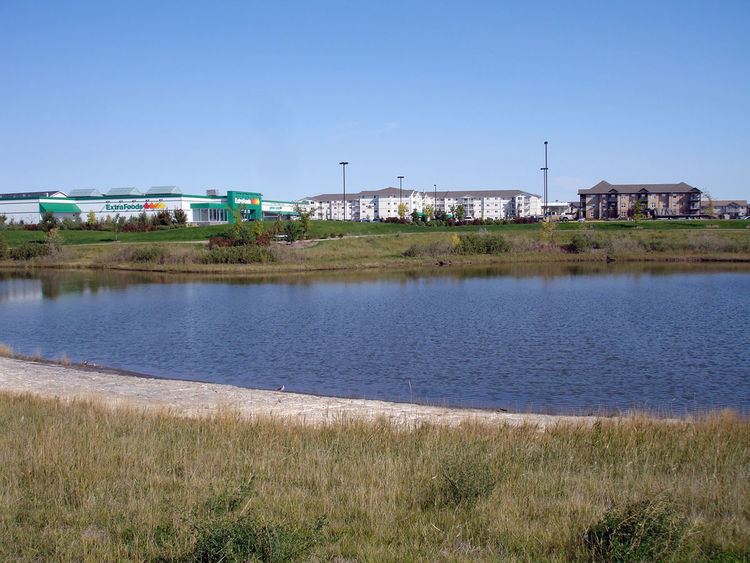 | ||
Best Management Practices (BMP) is a term used in the United States and Canada to describe a type of water pollution control. Historically the term has referred to auxiliary pollution controls in the fields of industrial wastewater control and municipal sewage control, while in stormwater management (both urban and rural) and wetland management, BMPs may refer to a principal control or treatment technique as well.
Contents
Terminology
Beginning in the 20th century, designers of industrial and municipal sewage pollution controls typically utilized engineered systems (e.g. filters, clarifiers, biological reactors) to provide the central components of pollution control systems, and used the term "BMPs" to describe the supporting functions for these systems, such as operator training and equipment maintenance. Stormwater management, as a specialized area within the field of environmental engineering, emerged later in the 20th century, and practitioners have used the term BMP to describe both structural or engineered control devices and systems (e.g. retention ponds) to treat polluted stormwater, as well as operational or procedural practices (e.g. minimizing use of chemical fertilizers and pesticides).
EPA definitions
In implementing the CWA, the U.S. Environmental Protection Agency (EPA) defined BMP in the federal wastewater permit regulations, initially to refer to auxiliary procedures for industrial wastewater controls.
...schedules of activities, prohibitions of practices, maintenance procedures, and other management practices to prevent or reduce the pollution of waters of the United States, BMPs also include treatment requirements, operating procedures, and practices to control plant site runoff, spillage or leaks, sludge or waste disposal, or drainage from raw material storage.Later the Agency added a reference to stormwater management BMPs.
...each NPDES permit shall include conditions meeting the following requirements when applicable... (k) Best management practices (BMPs) to control or abate the discharge of pollutants when: ... (2) Authorized under section 402(p) of the CWA for the control of storm water discharges...Industrial wastewater BMPs
Industrial wastewater BMPs are considered an adjunct to engineered treatment systems. Typical BMPs include operator training, maintenance practices, and spill control procedures for treatment chemicals. There are also many BMPs available which are specific to particular industrial processes, for example:
Stormwater management BMPs
Stormwater management BMPs are control measures taken to mitigate changes to both quantity and quality of urban runoff caused through changes to land use. Generally BMPs focus on water quality problems caused by increased impervious surfaces from land development. BMPs are designed to reduce stormwater volume, peak flows, and/or nonpoint source pollution through evapotranspiration, infiltration, detention, and filtration or biological and chemical actions. BMPs also can improve receiving-water quality by extending the duration of outflows incomparison to inflow duration (known as hydrograph extension), which dilutes the stormwater discharged into a larger volume of upstream flow
Stormwater BMPs can be classified as "structural" (i.e., devices installed or constructed on a site) or "non-structural" (procedures, such as modified landcaping practices or street sweeping). There are a variety of BMPs available; selection typically depends on site characteristics and pollutant removal objectives. EPA has published a series of stormwater BMP fact sheets for use by local governments, builders and property owners.
